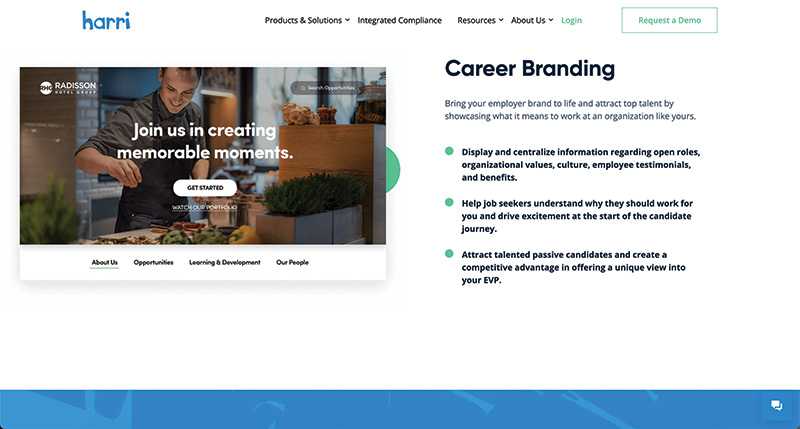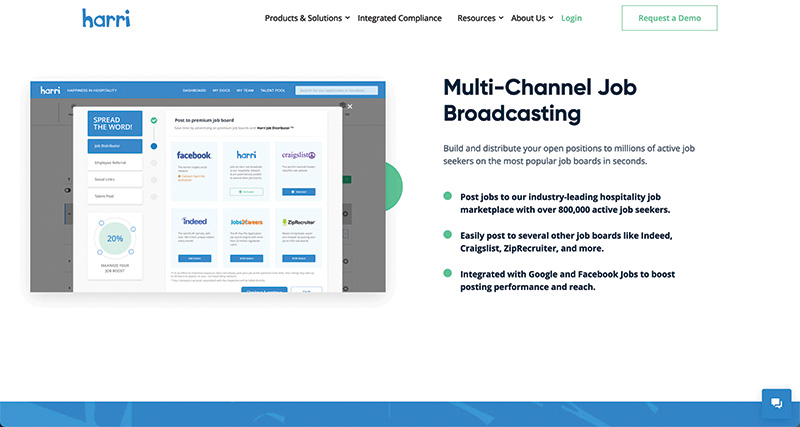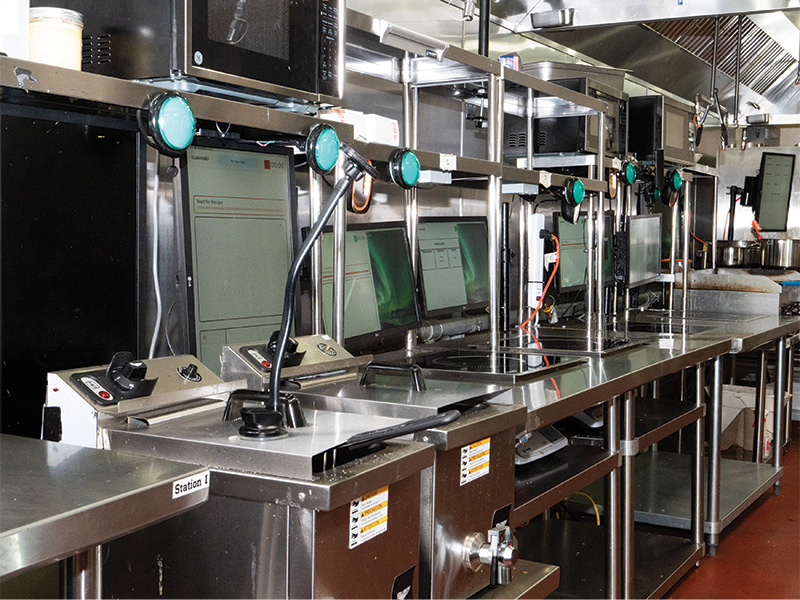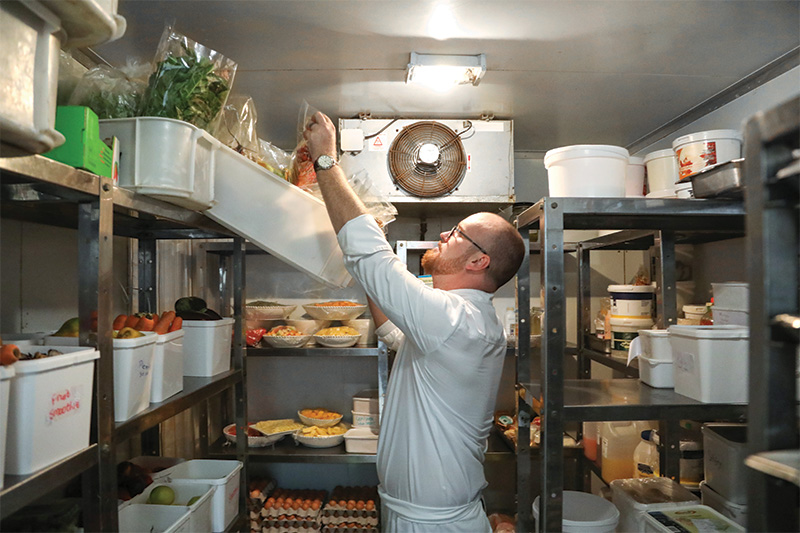Improving Restaurant Efficiency With AI
Expect AI applications to solve inefficiency in a variety of ways
As the future of artificial intelligence seems more like the present, a wave of startups touting AI-powered tools promise to solve the restaurant industry’s most notorious issue: inefficiency.
Naturally, each company believes its application is superior, but one truth prevails. AI works best with the restaurant’s data. If it doesn’t exist, no good can come from investing in AI without investment in data. Three CEOs weigh in on how their company’s tech is poised for the future.
Improve Precision in Decision-Making
ClearCogs expects its technology to add precision to existing capabilities. Much of a restaurant’s inefficiency stems from not knowing “who is going to walk in the door each day,” says Matt Wampler, co-founder and CEO of the operations management startup ClearCogs. The predictive analytics ClearCogs sells are powered by a sub-field of artificial intelligence called machine learning, which is a technology that can automatically process and learn from multiple data streams in real time. The output of all this data is customized recommendations that enable operators to make precise, profitable decisions.

For instance, machine learning can look at the amount of lettuce used in the previous three weeks, analyze various factors such as the day of the week, holidays or how the weather may have affected the amount, and recommend a new order size for the week ahead that considers the conditions it previously analyzed. If next week includes a three-day weekend and calls for rainy weather, AI-generated insights may suggest ordering less lettuce based on sales data from previous weeks with similar conditions. And getting little decisions such as the amount of lettuce to order right adds up – sometimes to thousands of dollars a month. “When you get the pennies taken care of,” says Wampler, “the dollars take care of themselves.” More precise ordering also helps eliminate food waste and boost sustainability, which Wampler views as another meaningful outcome of AI use in restaurants.

Streamline Staffing
However, according to Luke Fryer, CEO of the employee-experience platform Harri, not all AI-generated outcomes are created equally, and some are more worthy of pursuit than others. Harri targets labor costs because Fryer believes they are most damaging to operators. “The biggest problem to solve is retention of employees,” Fryer says, “because turnover cripples operators with costs.”

Harri helps reduce some of those costs by using AI to streamline and automate parts of the hiring process. “There's a lot of data available in the hiring process where machine learning can play a very valuable role,” Fryer explains, “because, in this industry, previous behavior is a good predictor of future outcomes.” So, for example, machine learning can be trained to identify and automatically eliminate resumes rife with job-hopping or other indicators for future retention issues. It can also be taught to look for certain qualities in a server versus a hostess. In both scenarios, the technology is saving operators time and potentially helping them hire better. And if operators can crack employee retention, they could recoup the 20 percent Fryer estimates operators spend every week on “short-cycle turnover.” “It’s just this huge area of cost-savings that’s hiding in plain sight,” he says.
Decrease Cost of Food Production
Nikhil Abraham, founder and CEO of the culinary AI startup CloudChef, also wants to help restaurants save money and operate more efficiently, but his approach is radically different. For starters, he’s not using data to make decisions. He’s using cameras. And his primary area of concern isn’t the back office – it’s the kitchen. That’s where restaurants accrue most of their expenses, Nikhil says, and, consequently, where AI can have the biggest impact.
 CloudChef claims to drive down the cost of food production in independent restaurants by outfitting kitchens with AI-enhanced appliances such as sensor-based pans and automated burners so that unskilled labor can cook a dish as accurately and consistently as a professionally trained chef. “CloudChef is better than traditional cooking because AI is controlling all the heat inside the kitchen,” Abraham says.
CloudChef claims to drive down the cost of food production in independent restaurants by outfitting kitchens with AI-enhanced appliances such as sensor-based pans and automated burners so that unskilled labor can cook a dish as accurately and consistently as a professionally trained chef. “CloudChef is better than traditional cooking because AI is controlling all the heat inside the kitchen,” Abraham says.
In other words, when it comes to knowing how long to roast an onion to achieve deep caramelization, a new line cook doesn’t stand a chance against a frypan festooned with cameras and sensors.
This has major implications for restaurant operators whose businesses run on a shrinking pool of skilled laborers. If restaurants can cook food consistently without the help of skilled labor, they can operate more efficiently. They could even potentially scale without suffering the quality loss that often besets restaurants once multiple locations open. Take this idea to its extreme, Nikhil says, and what you get is “democratized access to culinary intelligence” so that “anybody, anywhere in the world, can create a recipe.”

Better Margins And Improved Efficiency
A world in which chefs are relying on AI-generated analytics instead of their instincts to place food orders, managers are using machine learning software instead of Craigslist to hire servers, and line cooks are offloading half of their tasks onto a borderline sentient frypan may seem frightening to some. But if the result of AI in restaurants is better margins and improved efficiency, even the most nostalgic chefs and managers may feel like the future can’t come soon enough.

